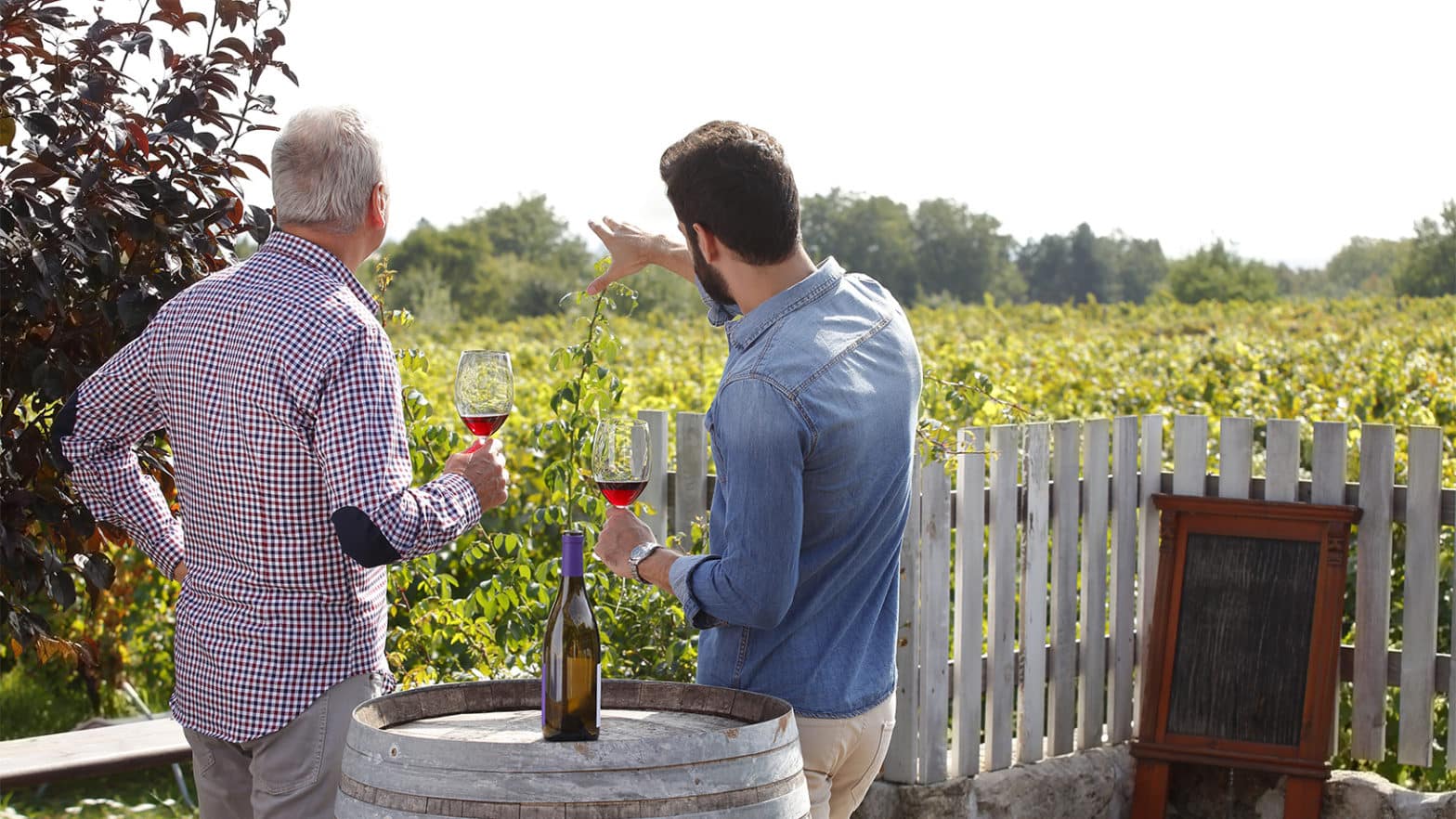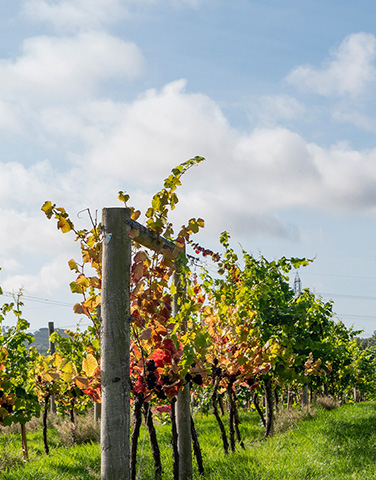
Diversifying land into viticulture
It is said that today’s climate in the south east of England is very similar to that of the Champagne-Ardenne in the 1980’s and 1990’s. Pair this with the all-important chalky free-draining “terroir”, and if the land is south facing, less than 100m above sea-level and sheltered from wind then you have enviable conditions for growing vines. Land that meets this criteria has rocketed in value in recent years and some of the best known French champagne houses such as Taittinger are busy investing in the UK and planting vines.
A growing sector
English wine is now establishing a well-earned international reputation and winning prizes even when up against established and revered wines from Europe and beyond. There are now over 700 vineyards in the UK with over 8000 acres under vine. It has been estimated that UK wine sales will reach £40 million bottles by 2040 representing over £1 billion in sales. It’s boom time for English wine and landowners are understandably keen to be a part of this.
What are the benefits?
Unusually farmers based in the south east of England have climate change on their side, with the warmer weather contributing to it being one of the world’s fastest growing and most exciting wine regions.
As highlighted above, there is a lot of money in English wine. When compared to farming traditional crops, producing wine can yield increased profits. Farmers can also tap into wine tourism including tastings, restaurants, and photography for additional revenue.
In addition, viticulture can be more sustainable and environmentally friendly when compared to some of the more traditional crops. It is not hard to see how it is an enticing move for some landowners.
What are the challenges?
Like all forms of agriculture, viticulture is not without its challenges.
Not all land in the south east of England is appropriate to grow vines. Before any investment, a careful analysis is required to check whether the land and soil is suitable.
Weather can severely affect growth, and a late frost can have a significant impact on the grape harvest. This can cause grape quality to vary from year to year, with 2012 reportedly being a particularly bad year for English vineyards.
Diversifying into viticulture requires a high level of investment at the outset, requiring the purchase of specialist machinery and materials. It may also require training or the recruitment of labour, which can be an issue in post-Brexit Britain.
Finally, the growing of vines takes time. Newly planted vines can take at least three years before they bear fruit meaning farmers won’t see revenue on their investment for some time.
Farmers should carefully consider the potential benefits and challenges before abandoning traditional crops.
How can I diversify?
There are a few ways to diversify into viticulture. One way is on a small scale using just a few hectares growing the grapes to sell onto another winemaker. This arrangement is becoming increasingly popular with farmers, some of whom had been on the brink of giving up farming altogether and cite this arrangement as having saved the family farm.
Farmers can also get involved in the whole journey from grape to bottle, which of course requires more investment but can bring in more revenue through wine tourism.
How we can we help
We are seeing an increasing number of clients exploring farm diversification to harness new revenue streams. Existing land, skill sets and buildings can be utilised in this growing and lucrative farming sector improving the economic viability of many farms and at the same time boosting the wider rural economy.
Our team of lawyers have a wealth of experience helping landowners to diversify their land for viticulture purposes. We can assist with everything from initial consideration to applying for a change of use to selling land. Our lawyers also work with vineyards on the purchase of land, from funding through to completion. Get in touch today.
Talk to us about
Related services





 Download PDF
Download PDF










